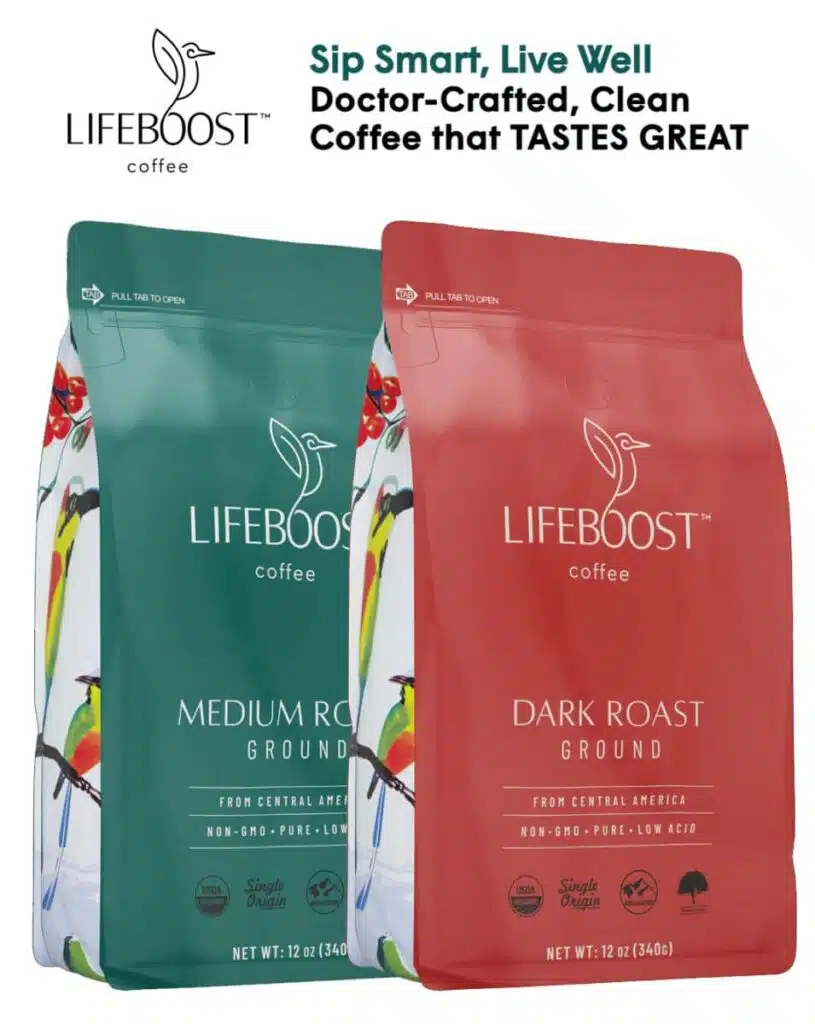Are you ready to embark on a thrilling journey into the aromatic world of espresso? This little cup of magic has a rich history and a vibrant presence in coffee culture that will awaken your senses. From its revolutionary invention to the many delightful variations found around the globe, espresso is more than just a drink—it’s an experience! Whether you’re looking to master brewing techniques or discover the perfect beans, this ultimate guide to espresso will equip you with everything you need to indulge in this beloved beverage. Let’s dive in!
What is Espresso? A Deep Dive
Espresso is not just a coffee; it’s a passionate brewing art that ignites your taste buds! At its core, espresso is a concentrated coffee beverage made by forcing hot water through finely-ground coffee beans. This method produces a rich, bold flavor that packs a punch. But what makes it truly special?
Key Characteristics of Espresso:
- Concentration: Espresso has a higher coffee-to-water ratio compared to regular brewing methods, resulting in a thicker consistency and intense flavor.
- Crema: A hallmark of espresso, this golden foam on top is produced during the brewing process and signifies freshness.
- Robust Flavor: Espresso delivers a complex flavor profile, offering notes that range from sweet to bitter, depending on the beans used.
The Espresso Process:
- Grinding: The beans must be ground fine, almost like powdered sugar, to maximize extraction.
- Tampering: Consistently applying pressure to the grounds ensures uniform extraction during brewing.
- Brewing: Using a high-pressure machine, water is forced through the grounds, typically within 25-30 seconds to achieve that perfect shot of espresso.
With its captivating allure and the depth of flavors, espresso stands out in the coffee scene. Whether you’re fueling your day or indulging in a moment of pleasure, every sip of espresso brings excitement. So, are you ready to dive deeper into the espresso experience?
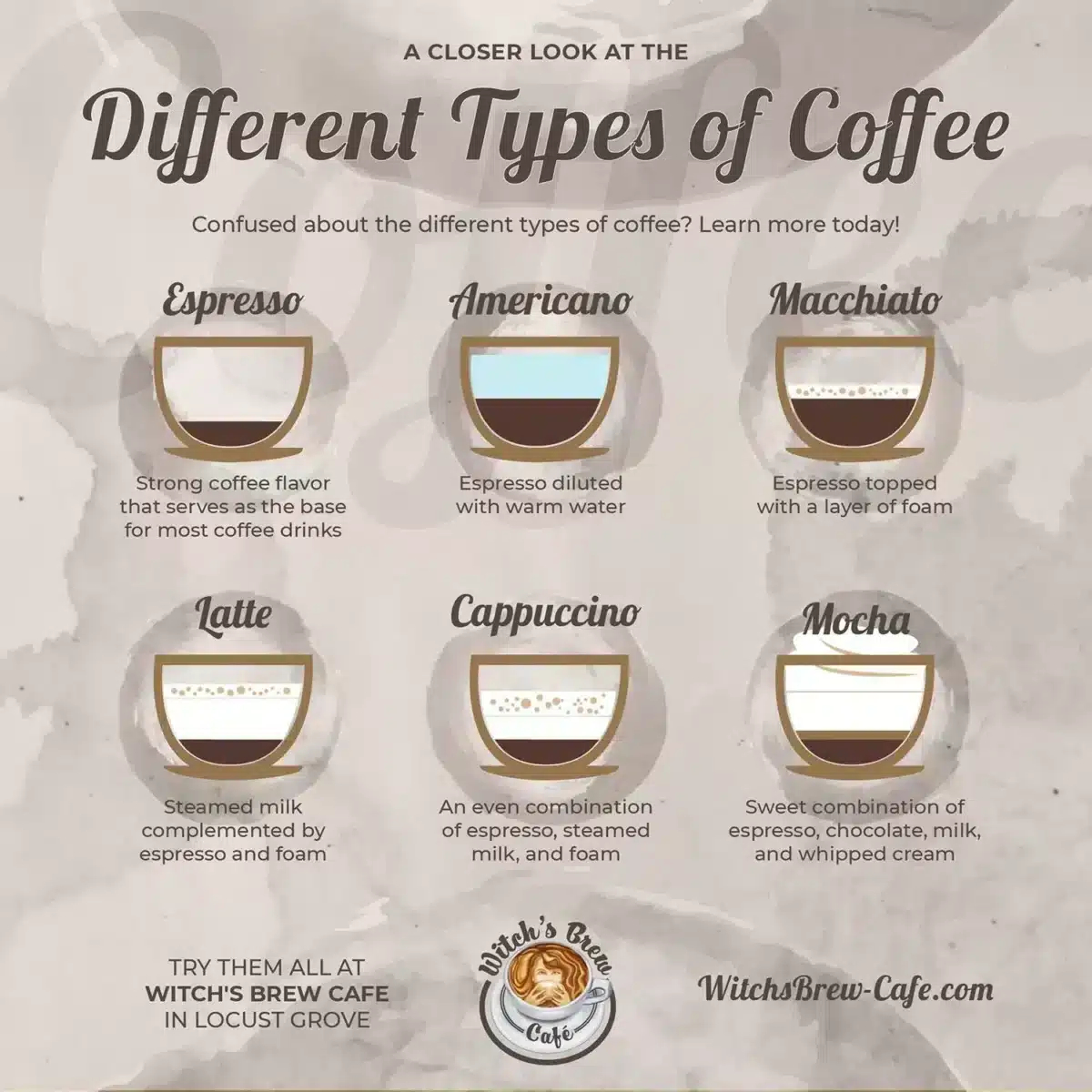
The History of Espresso: From Invention to Innovation
The journey of espresso is as rich and captivating as the beverage itself! Let’s take a thrilling trip through time to uncover how this beloved coffee drink evolved.
- Early Beginnings (19th Century): The story starts in the early 1800s in Italy. Although coffee brewing existed, it wasn’t until the 1884 invention of the first espresso machine by Angelo Moriondo that espresso began its rise. This invention laid the groundwork for a new era in coffee brewing!
- Innovation Explosion (1900s): Fast-forward to 1901! Luigi Bezzera modified Moriondo’s design, allowing for individual espresso shots. This breakthrough fueled espresso’s popularity, and cafés began to serve this concentrated delight.
- Mid-Century Advancements: By the 1930s, commercial espresso machines started appearing in Europe. These machines revolutionized coffee culture, with inventors like Achille Gaggia introducing the first machine capable of creating crema, a crucial layer of flavor and texture on top of an espresso. Now, everyone craved the rich, bold flavors only espresso could provide!
- Modern Era (1980s Onward): Espresso experienced worldwide fame as coffee enthusiasts embraced craft coffee movements. Innovations in brewing methods and a surge in artisanal cafés elevated espresso to an art form. Today, baristas continue to push boundaries, experimenting with flavors and techniques.
From its humble beginnings to its modern artistry, the history of espresso reflects the passion and creativity surrounding this captivating beverage. Cheers to the evolving story of our favorite coffee drink!
Types of Espresso Drinks: Unleashing the Flavor
Espresso serves as the basis for a variety of delicious coffee drinks, each boasting its own unique flavor profile and preparation method. Exploring these options not only expands your caffeine palette but also enhances your appreciation for this beloved beverage. Here’s a breakdown of the most popular espresso drinks you should try:
- Espresso: The foundation of all espresso drinks served in a small, concentrated shot.
- Americano: A delightful hybrid, combining hot water with espresso for a lighter body and milder taste.
- Latte: A creamy concoction of espresso and steamed milk, often topped with a frothy layer that adds an inviting texture.
- Cappuccino: Balancing equal parts espresso, steamed milk, and milk foam, this drink offers a harmonious flavor and rich experience.
- Macchiato: A bold choice, featuring a shot of espresso “stained” with a splash of milk or foam for a strong yet balanced taste.
- Mocha: A decadent mix of espresso, steamed milk, and chocolate syrup, finished with whipped cream—a dessert in a cup!
| Drink | Milk Content | Flavor Profile |
|---|---|---|
| Espresso | None | Intense and rich |
| Americano | None | Smooth and diluted |
| Latte | High | Creamy and mild |
| Cappuccino | Moderate | Bold with foam |
| Macchiato | Low | Strong and slightly sweet |
| Mocha | High | Chocolatey and sweet |
Each drink offers a special way to experience espresso. Experiment with these variations to discover what tickles your taste buds!
Espresso Brewing Methods: Mastering the Art
Brewing the perfect espresso is more than just a routine; it’s an art form. Mastering various methods means unlocking a whole new level of flavor and experience. Let’s dive into the most popular espresso brewing techniques!
1. Traditional Espresso Machine
- Pros: Offers precise control over pressure and temperature.
- Cons: Can be expensive and requires maintenance.
2. Stovetop Moka Pot
- Pros: Affordable and easy to use, produces a strong coffee.
- Cons: Lacks the pressure needed for true espresso.
3. Manual Espresso Maker
- Pros: Portable and allows for full control during brewing.
- Cons: Requires physical effort and practice for best results.
4. French Press (Espresso-like Brew)
- Pros: Great for beginners, no special equipment needed.
- Cons: The brew is not true espresso but offers rich flavors.
5. Aeropress
- Pros: Affordable, versatile, and easy to clean.
- Cons: Can take time to master various techniques.
Each brewing method creates a unique espresso experience. Whether you prefer the traditional pressurized approach or exploring alternatives like the Aeropress, the key is to experiment! Happy brewing and enjoy savoring the rich flavors of your expertly crafted espresso!
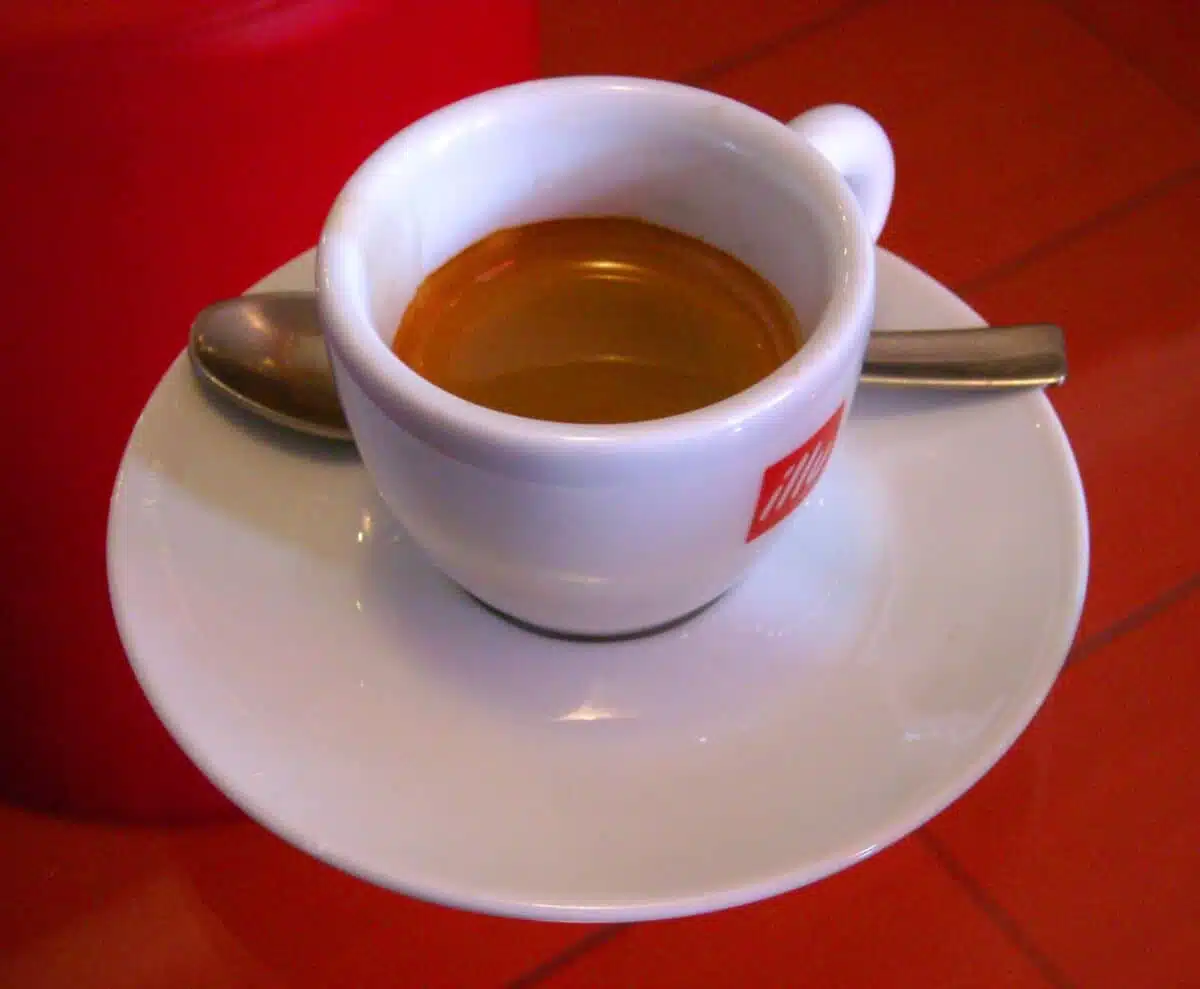
Choosing the Right Coffee Beans for Espresso
When it comes to crafting the perfect espresso, selecting the right coffee beans is crucial. The blend of flavors and aromas in your espresso largely depends on the beans you choose. Here’s how to make the best selection:
Key Factors to Consider
- Roast Level: Opt for a medium to dark roast. These roasts enhance the rich, bold flavors typical of espresso. Lighter roasts may lack the intensity needed.
- Bean Type: Arabica and Robusta are the two main types of coffee beans. Arabica offers a smooth, nuanced taste, while Robusta provides a strong, earthy flavor with higher caffeine content. For a balanced espresso, consider using a blend of both.
- Freshness: Always prioritize fresh beans! Look for beans roasted within the last two weeks. Fresh espresso will deliver vibrant flavors and aromas, enhancing your overall experience.
Tips for Selecting Espresso Beans
- Single Origin vs. Blends: Single-origin beans provide unique flavor profiles from specific regions, while blends create complexity. Experiment with both to see what tickles your taste buds!
- Flavor Notes: Check the packaging for flavor notes. You’ll often find hints of chocolate, caramel, or berry in espresso beans. Choose flavors that align with your palate.
In summary, the right coffee beans can elevate your espresso. Embrace the exploration of different roasts and blends, and enjoy every delicious cup!
Grind Size Matters: Getting it Just Right
When it comes to brewing the perfect espresso, the grind size plays a crucial role in determining flavor, strength, and overall enjoyment. Let’s dive into why achieving the right grind size is essential for your espresso experience!
Why Grind Size Matters
- A finer grind increases the surface area, allowing for optimal extraction during the brewing process.
- A coarser grind can lead to under-extraction, resulting in a sour taste.
- Conversely, too fine a grind can lead to over-extraction, giving you a bitter brew.
Ideal Grind Size for Espresso
Here’s how different grind sizes compare in espresso brewing:
| Grind Size | Extraction Quality | Flavor Profile |
|---|---|---|
| Coarse | Low | Sour, watery |
| Medium | Moderate | Balanced, pleasant |
| Fine | High | Rich, vibrant, full-bodied |
| Extra Fine | Very High | Bitter, overpowering |
Tips for Perfect Grind Size
- Use a Burr Grinder: It provides a consistent grind size, essential for quality espresso.
- Adjust Based on Taste: Don’t hesitate to experiment—if your espresso tastes too bitter or weak, tweak your grind size.
- Consider Your Equipment: Different machines may require slightly different grind settings.
Nail that grind size, and you’ll be on your way to crafting delicious espresso that delights your senses!
Essential Espresso Equipment: Your Brewing Arsenal
To craft the perfect espresso, having the right equipment is crucial. Quality tools not only simplify the brewing process but also enhance the deliciousness and richness of your espresso shots. Here’s a rundown of the essential equipment every espresso enthusiast should have:
- Espresso Machine: This is your primary appliance. Look for one with reliable pressure levels (9 bars is ideal) to extract the best flavors from your coffee.
- Grinder: A high-quality burr grinder is vital for achieving a consistent grind size. Consistency affects extraction, flavor, and ultimately, your espresso experience.
- Tamper: This tool ensures even compression of the coffee grounds. Aim for a 30-pound pressure when tamping—this helps in delivering a balanced extraction.
- Scale: Precision matters! Using a scale allows you to measure your coffee and water accurately, leading to consistent and delicious espresso shots every time.
- Milk Frother: If you enjoy lattes or cappuccinos, invest in a good milk frother. It helps create the creamy texture that elevates your drink.
- Water Filter: Clean water makes a difference. A filter preserves the flavor of your espresso by reducing impurities.
| Equipment | Purpose |
|---|---|
| Espresso Machine | Brews espresso at ideal pressure |
| Burr Grinder | Ensures consistent coffee grind |
| Tamper | Compresses coffee grounds evenly |
| Scale | Measures coffee and water accurately |
| Milk Frother | Creates frothed milk for lattes and cappuccinos |
| Water Filter | Improves water quality for better flavor |
Investing in these essential tools will undoubtedly take your espresso-making skills to the next level!
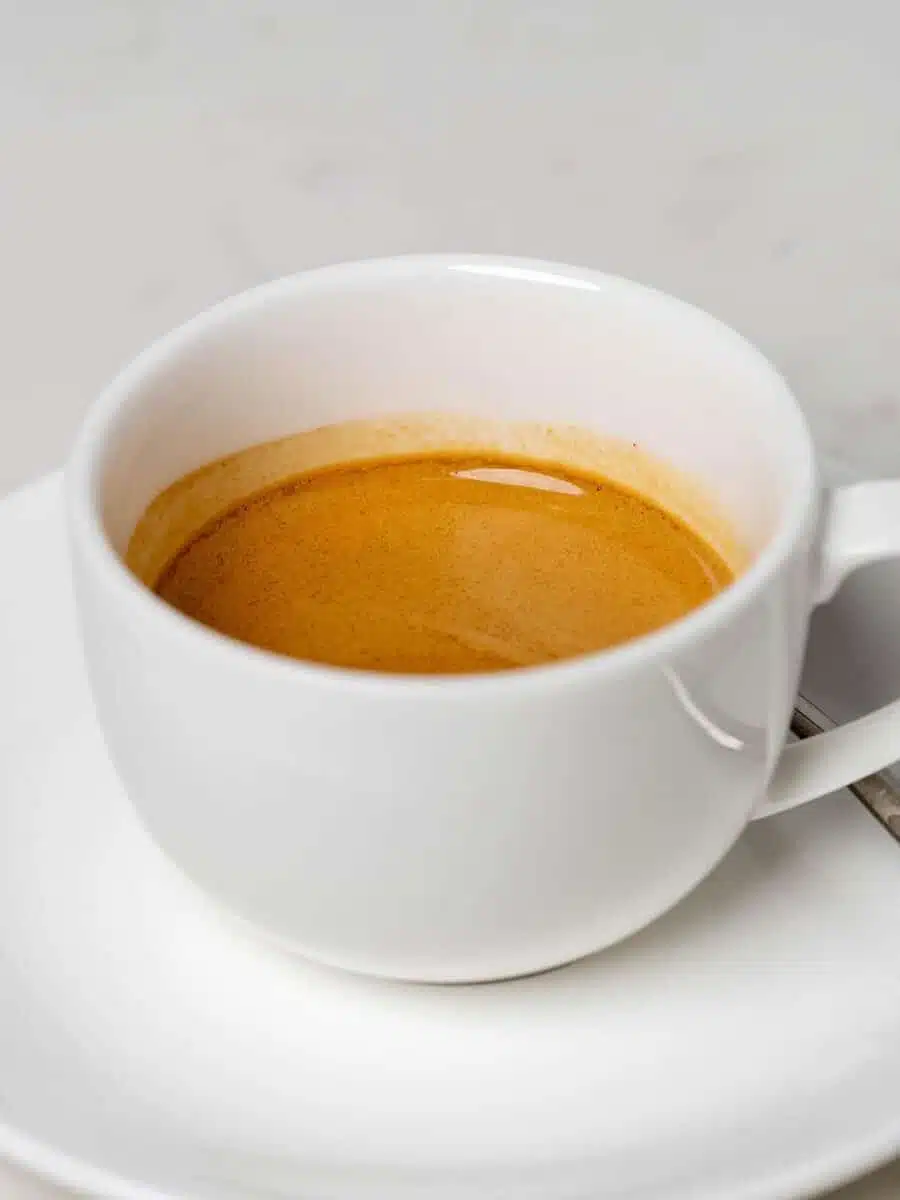
Tips for Crafting the Perfect Espresso Shot
Crafting the perfect espresso shot is an art that combines precision, timing, and passion. Here are some energizing tips to help you elevate your espresso game!
- Start with Fresh Beans: Quality matters! Use freshly roasted, high-quality coffee beans. Look for beans labeled for espresso to get the best flavor.
- Grind Size is Key: Opt for a fine grind, similar to table salt. The right grind ensures proper extraction, and you can adjust based on your espresso machine’s performance.
- Mind the Dose: Aim for a dose of 18-20 grams of coffee for a double shot. Experiment to find the perfect balance for your palate.
- Tamp Evenly: Use consistent pressure (about 30 lbs) when tamping. An even tamp ensures uniform extraction, preventing weak or bitter flavors.
- Watch the Time: Aim for a brew time of 25-30 seconds. Too short leads to sour notes, while too long can produce bitterness.
- Temperature Control: Brew your espresso at the right temperature, ideally between 190-205°F (88-96°C). This range optimizes extraction for a bold, vibrant flavor.
- Clean Your Equipment: Regularly clean your espresso machine and grinder to eliminate old coffee residues that can spoil your brew.
By applying these tips, you’ll unlock the delicious potential of espresso, achieving that perfect balance of flavors and aromas. Now, let’s get brewing!
Espresso Tasting: How to Savor the Experience
Experiencing espresso is much more than just a quick caffeine fix; it’s about savoring rich flavors and aromas. Here’s how to elevate your espresso tasting to the next level:
- Preparation is Key
- Clear your palate with water before tasting.
- Choose a quiet environment to fully appreciate the nuances.
- Observe the Aesthetics
- Color: Take note of the deep, rich brown color and the crema on top.
- Aroma: Swirl the cup slightly and inhale the aroma. Note the hints of chocolate, nuts, or fruity notes.
- Taste with Intention
- First Sip: Take a small sip, allowing the espresso to coat your tongue. Notice the balance between acidity and sweetness.
- Let It Settle: Pay attention to the aftertaste, or “finish,” and how the flavor lingers.
- Consider the Origin
- Different coffee beans produce diverse flavors. Compare beans from regions like Colombia or Ethiopia to discover new profiles.
Tasting Comparison Table
| Espresso Type | Flavor Profile | Acidity Level | Body |
|---|---|---|---|
| Single Origin | Floral, Fruity | Medium-High | Light |
| Blended Espresso | Balanced, Nutty | Medium | Full |
| Dark Roast Espresso | Bitter, Chocolate | Low | Heavy |
Embrace the journey of espresso tasting; every cup tells a story. The world of espresso awaits, so don’t hold back—dive in and discover your favorites!
Common Mistakes to Avoid in Espresso Making
Crafting the perfect espresso is an art that requires precision and passion. However, many enthusiasts stumble into common traps that can diminish their espresso experience. Here are some key mistakes to avoid:
- Ignoring Freshness: Always use fresh coffee beans. Stale beans compromise flavor, so aim for beans roasted within the last two weeks for vibrant espresso.
- Incorrect Grind Size: The grind size for espresso is crucial. Too coarse will result in weak coffee, while too fine can lead to bitterness. Aim for a fine consistency, similar to table salt.
- Improper Tamping: Tamping is not just about pressing down. A uniform and firm tamp creates consistent pressure, leading to an even extraction. Remember, a disheveled puck yields uneven espresso!
- Inconsistent Brewing Time: Brewing time should ideally be between 25-30 seconds. Timing helps you extract the right flavors from the coffee, so keep an eye on your stopwatch!
- Using Water That’s Too Hot or Cold: Espresso extraction requires water between 195°F to 205°F. Anything outside this range can negatively affect the taste.
- Neglecting Machine Maintenance: Regularly clean and descale your espresso machine. This can prevent bitter flavors caused by buildup and prolong your machine’s life.
By steering clear of these common pitfalls, you can elevate your brewing game and enjoy a rich, flavorful espresso that stands out!
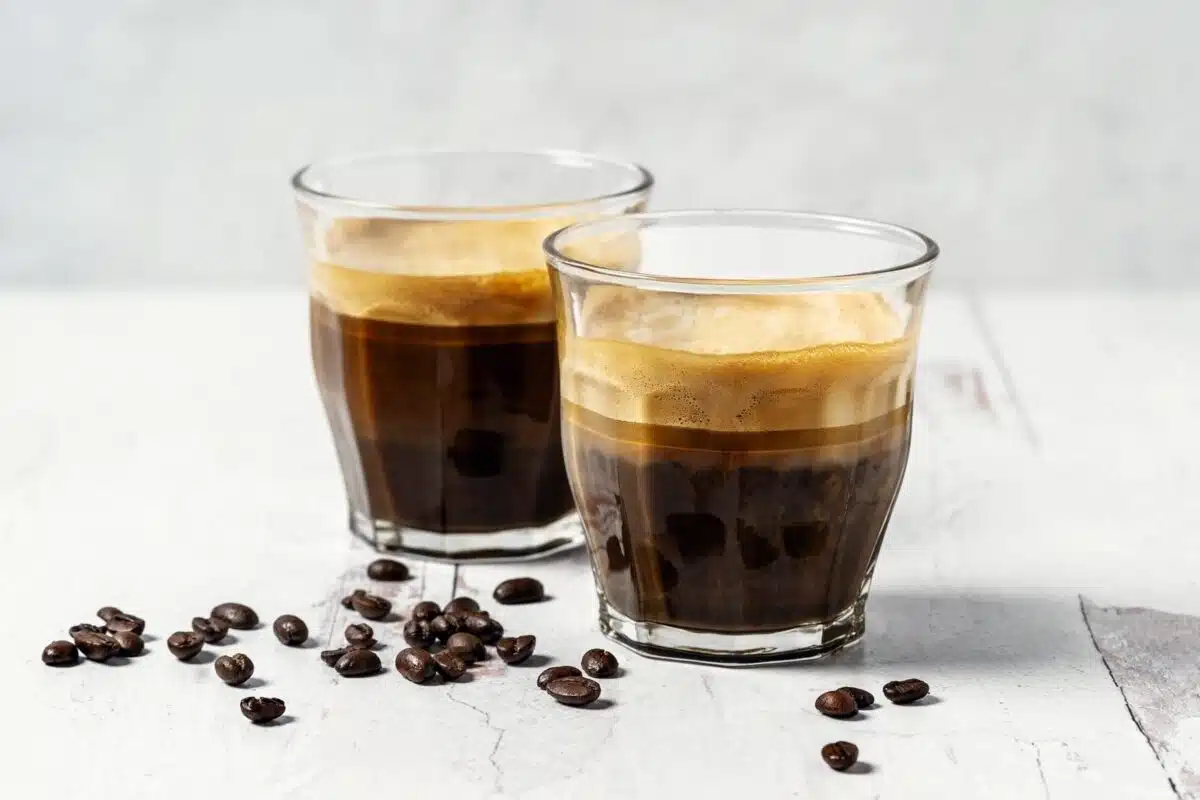
Exploring Espresso Around the World: Cultural Variations
Espresso doesn’t just energize your mornings; it connects different cultures! Each region has its own unique spin on this delightful brew, enhancing your drinking experience and making it truly global. Let’s explore some fascinating cultural variations of espresso around the world:
- Italy: Home of espresso, Italians savor it straightforward and bold. A classic espresso shot, or caffè, is served in a small cup and enjoyed on-the-go. They rarely add milk, enjoying the rich flavor of the coffee.
- Spain: Here, espresso takes on a sweeter form with the beloved café con leche, mixing equal parts espresso and steamed milk. This creamy delight is perfect for breakfast!
- France: Known for its sophisticated coffee culture, the French enjoy café au lait, a delicious mix of espresso and hot milk, often served in a bowl. An inviting way to sip in a leisurely manner!
- Sweden: Embracing the fika tradition, Swedes pair espresso with sweet pastries during their coffee breaks. It’s not just about the coffee; it’s a moment of connection.
- Turkey: In Turkey, you’ll find Türk kahvesi, a strong espresso-like brew made without filtering the coffee grounds, offering a powerful flavor and unique texture.
By exploring these cultural variations, you not only learn about different espresso styles but also connect with the rich stories behind each cup. So, next time you enjoy an espresso, think about its fascinating journey around the globe!
Frequently Asked Questions
What is espresso, and how is it different from regular coffee?
Espresso is a concentrated coffee beverage brewed by forcing hot water under pressure through finely-ground coffee beans. Unlike regular coffee, which is brewed using a drip method or French press, espresso is characterized by its rich flavor, thicker consistency, and higher caffeine concentration per ounce. The brewing process of espresso results in a distinctive crema on top, which is a creamy froth that adds to the richness of the flavor, making it a favorite among coffee aficionados.
What equipment do I need to make espresso at home?
To create the perfect cup of espresso, you’ll need a few essential pieces of equipment. Firstly, an espresso machine is vital, as it provides the necessary pressure to brew. Additionally, a quality grinder is crucial, ideally a burr grinder for uniform grind size. Don’t forget a tamper to compact the coffee grounds evenly in the portafilter. A scale can help measure the coffee precisely, and a milk frother is perfect if you want to whip up delicious lattes or cappuccinos. With the right gear, you can enjoy barista-level espresso from the comfort of your home!
How do I choose the right beans for making espresso?
Selecting the right beans for espresso can transform your coffee experience! Look for beans that are specifically labeled for espresso; these are often roasted darker for a fuller flavor that holds up well under high pressure. Medium to dark roasts are popular choices, as they offer rich, bold flavors without overwhelming bitterness. Experiment with single-origin beans for unique taste profiles or opt for blends designed for espresso to achieve balance and complexity. Remember to store your beans properly and grind them just before brewing to maximize freshness!
What is the best brewing time for espresso?
Brewing time is critical for crafting the ideal espresso shot, and it typically ranges from 25 to 30 seconds. This timeframe allows for optimal extraction of flavors from the coffee grounds while avoiding over-extraction, which can lead to bitterness. Factors such as grind size, tamping pressure, and coffee dosage will impact your shot time. Paying close attention to these variables will help fine-tune the brewing process until you achieve that luscious, full-flavored shot that espresso lovers crave!
Why do I need to maintain my espresso machine?
Regular maintenance of your espresso machine is vital for ensuring consistently delicious coffee and prolonging the lifespan of your equipment. Over time, oils and residues from coffee can build up, affecting the taste of your espresso and clogging the internals of your machine. Routine cleaning involves descaling to remove mineral build-up, backflushing if your machine allows it, and replacing water filters to keep the water quality high. A clean machine not only brews better-tasting coffee but also helps prevent expensive repairs down the road!

